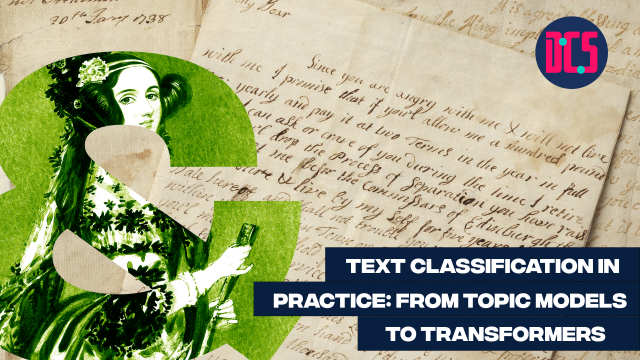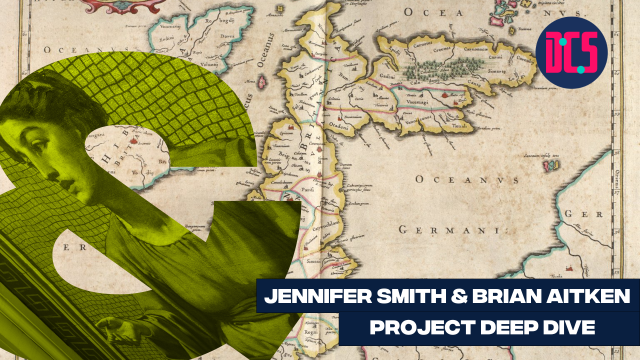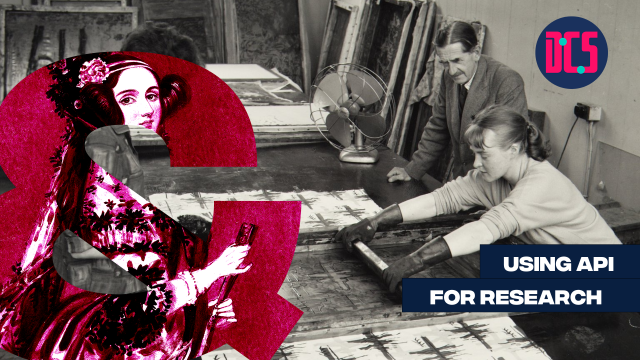Introduction to Real-time Rendering and 3D Visualisation in Unity

Video games have evolved into rather complex simulations. Over the past decade, a shift in this industry's approach has democratised the development of real-time applications and this has given rise to freely available solutions such as the Unity game engine. These tools have empowered individuals and small teams to create large applications and interactive systems that go beyond video games. From architecture to the automotive industry, Unity is a widely used tool for visualisation and simulation of data.
This 3-session workshop will provide an overview of the current trends in real-time graphics and it will go over various methods of creating visualisations in the Unity engine. All of the techniques will be approached from an introductory level, therefore no specific background is required for the participants.
The three sessions will take place on Tuesdays from 12:00 - 14:00.
Due to high demand for our training events, our cancellation and no-show policy applies to bookings for this event. Click here for details of this policy.












